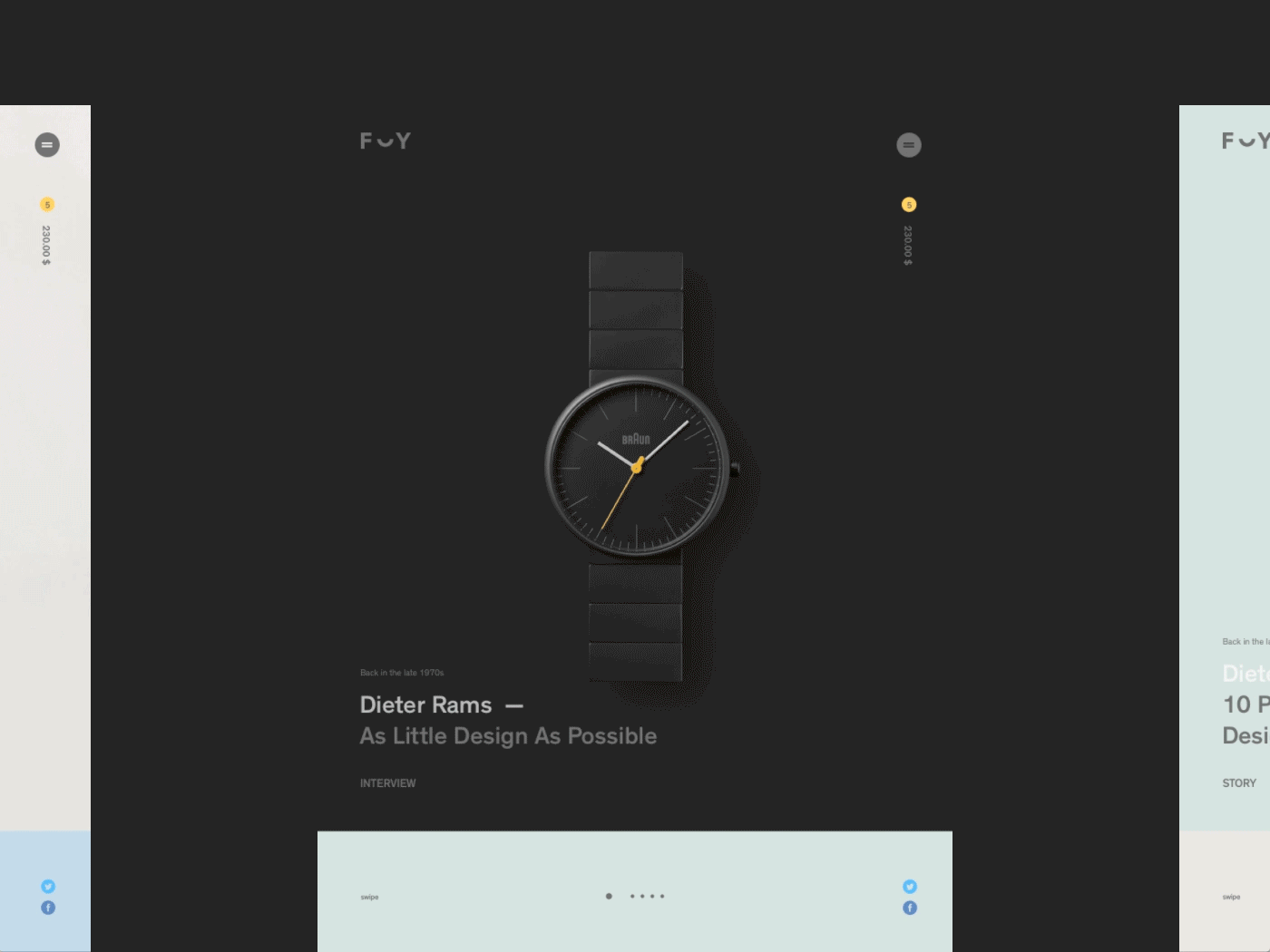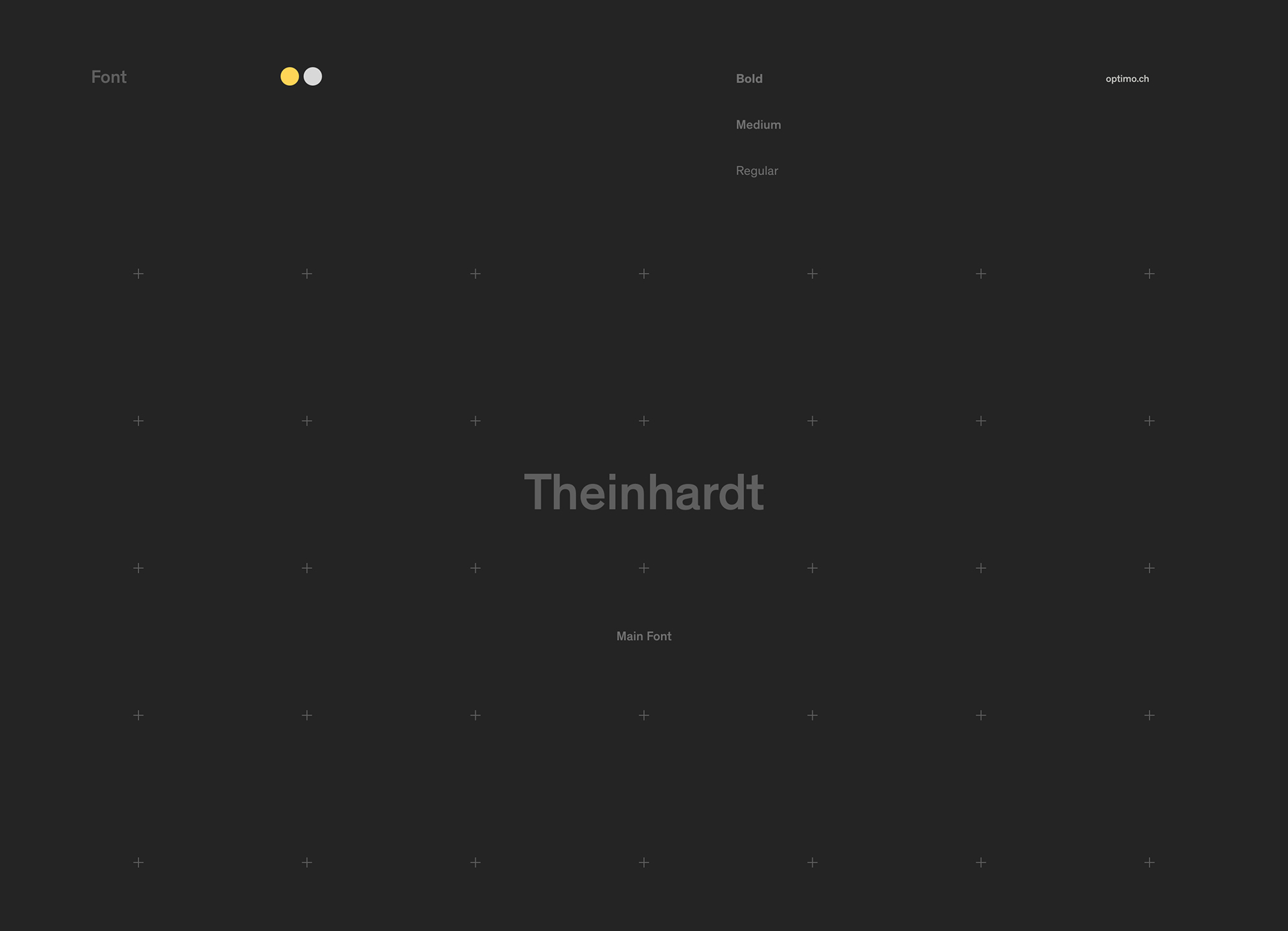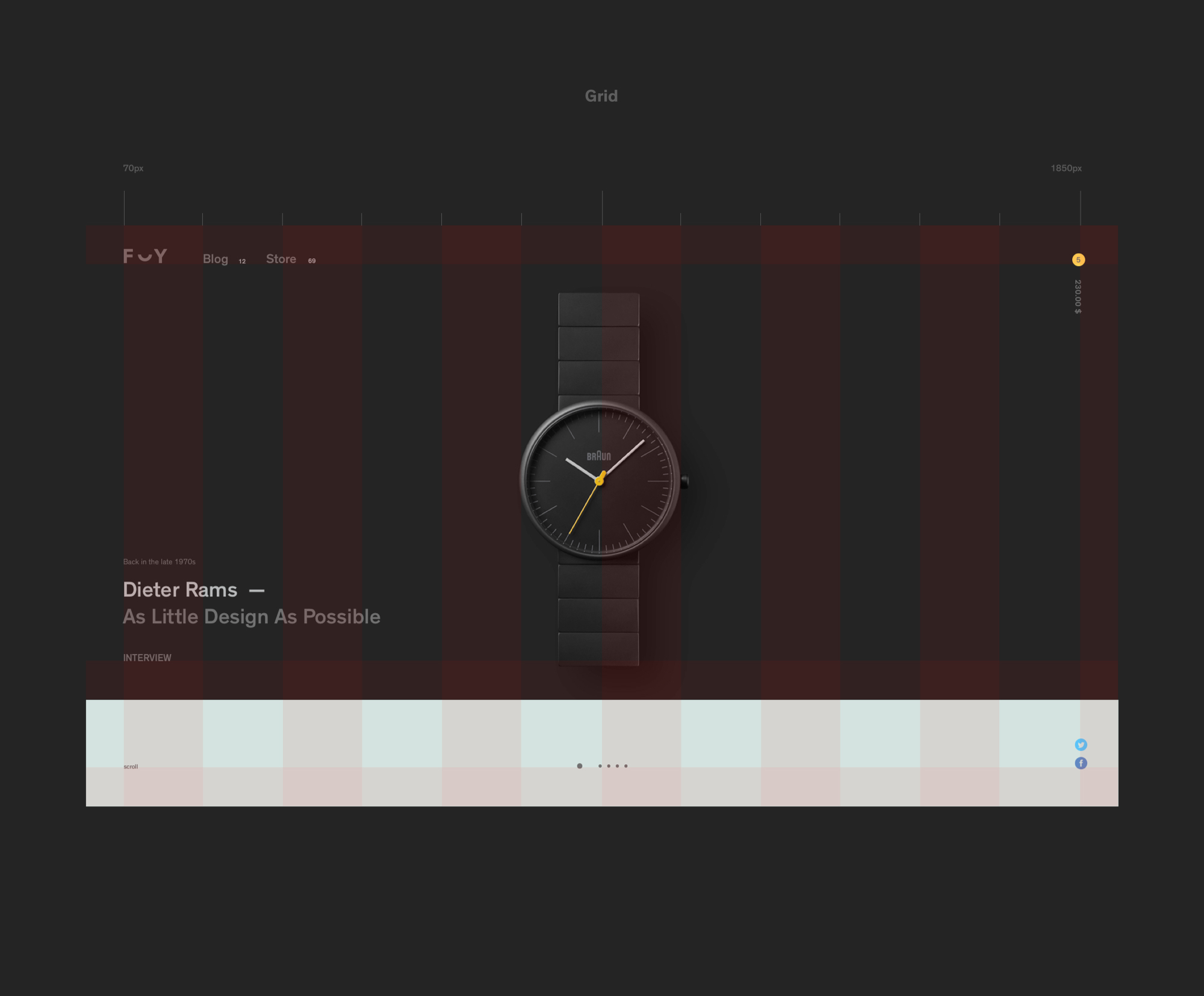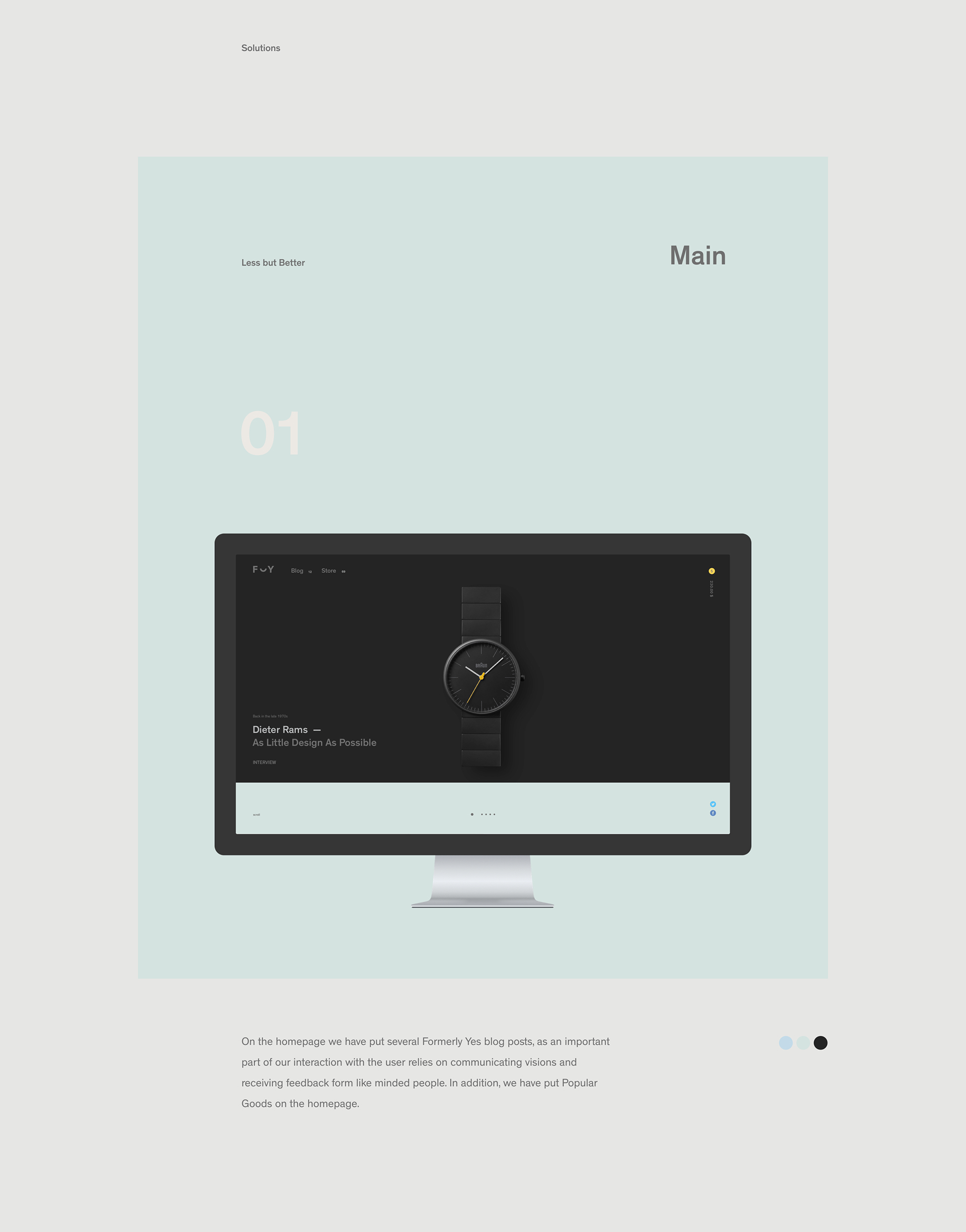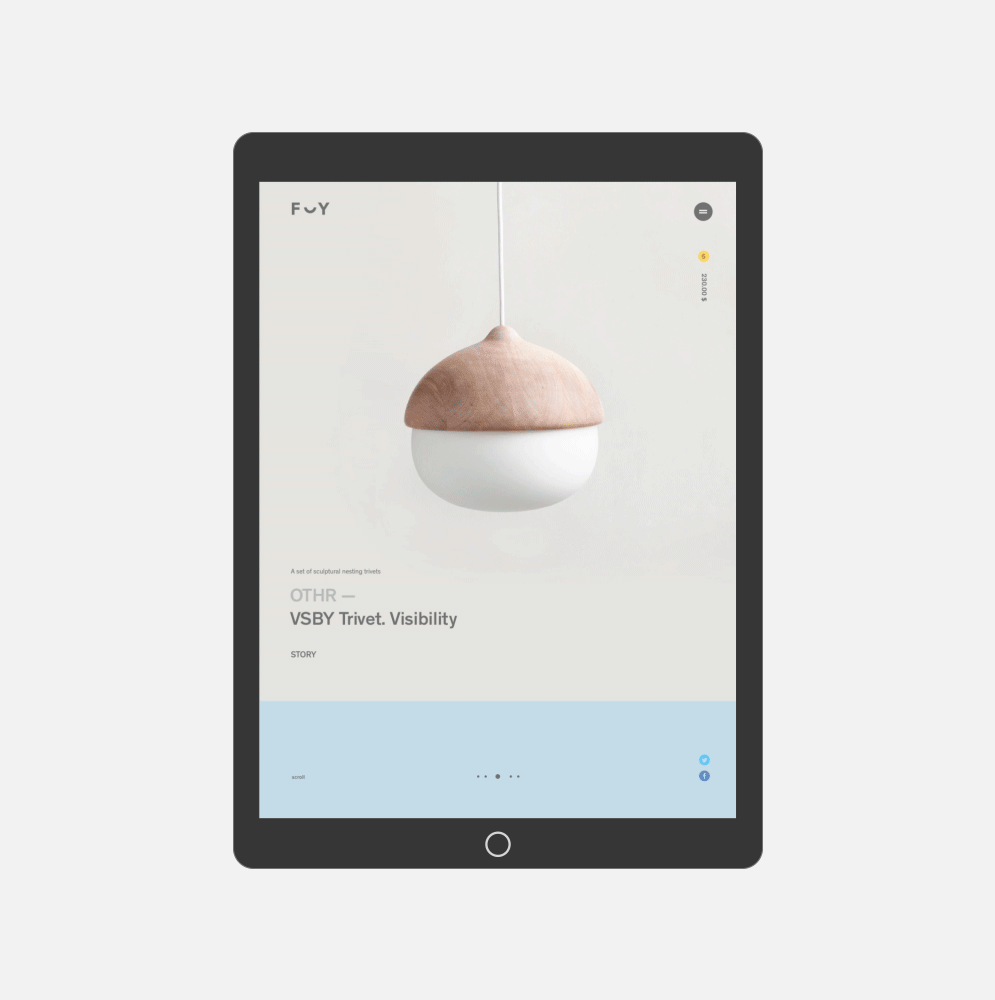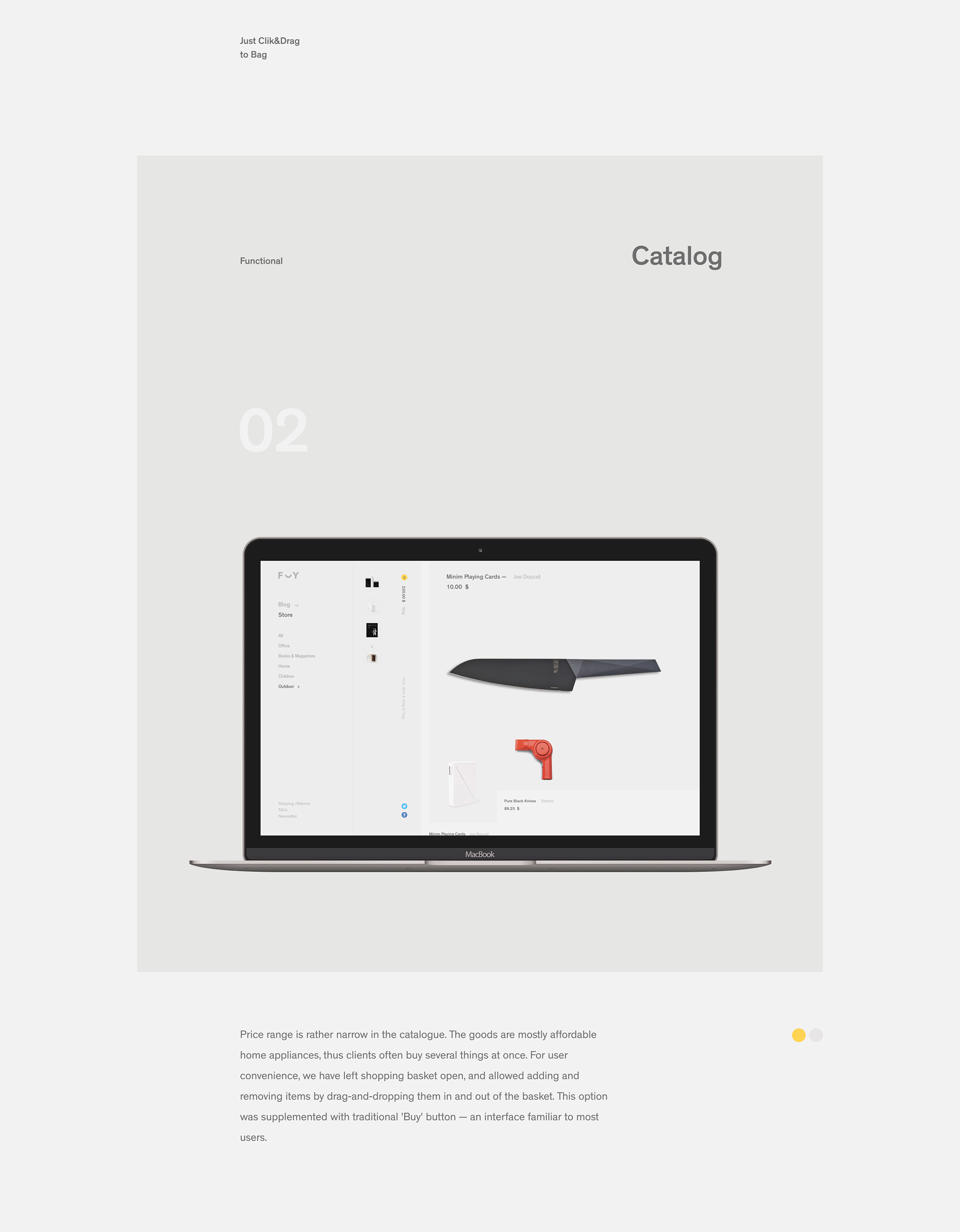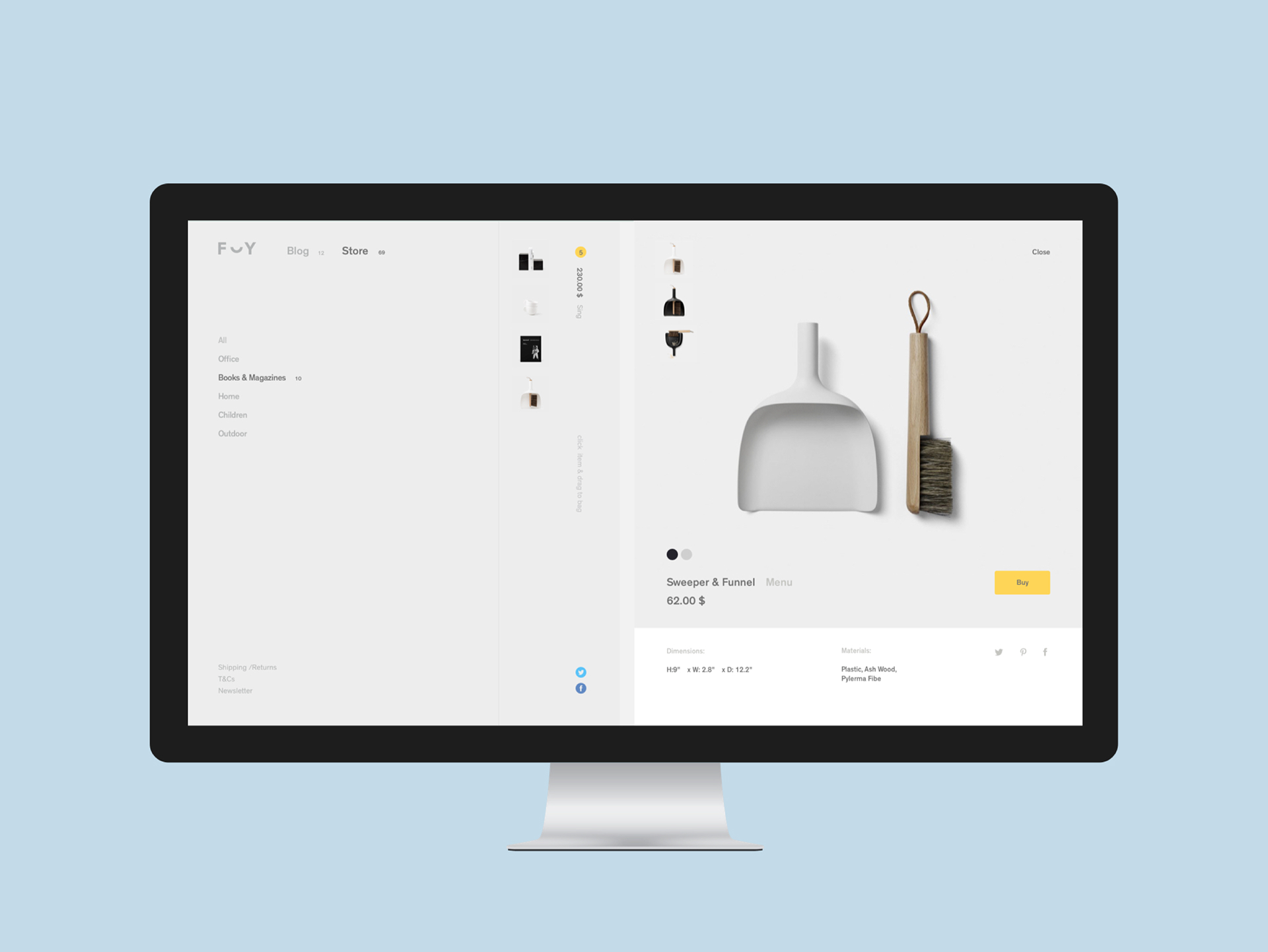May 18, 2017
Interview with Rubber House Founder: Ivan Dixon
Interview with Rubber House Founder: Ivan Dixon
Today we are proud to present this awesome animation studio for you guys, we’re talking about the marvelous “Rubber House”. We had the great opportunity to talk with Ivan Dixon, one the thwo founder of tis factory of dreamlike animations. Rubber House is ascending studio on the animation industry, having already worked with big clients such as Cartoon Network, Nicklodeon and Bethesda Softworks. Check out our interview below:
You can reach Ivan on the following links:
1) First of all I would like to thank you for doing this interview, it’s an honor for us to present more about you to our readers. I would like to start asking you about when your interest for animation began?
I’ve been drawing since as long as I can remember. I distinctly remember my brother and I drawing little dinosaurs all over the walls of our house. Secret ones that only we knew about. Later I drew comics because I wanted to tell stories. I also made primitive computer games and learned to animate as I needed graphics. I had no idea that there could be a career in animation I just wanted to draw and learn how to get better. I looked to the internet to learn more technical animation terms and skills and I went through that obnoxious phase many young animators go through where they look at the real world and start noticing real animation principles in real life, “Look at that drag on that leaf!” / “Check out the secondary on that coat!”
Cartoon Network- Summer Ident (FULL version) from Rubber House on Vimeo.
2) Which movies influenced you the most? Why?
I’d say I was more influenced by television animation. I loved The Simpsons and a lot of the 90s Nickelodeon shows. I like how TV animation is able to explore more understated narratives, weird little side stories or side characters. I saw my first Studio Ghibli film when I was in grade four (Porco Rosso) and it blew me away. Honestly, they make the only animated films that I wholeheartedly adore. Because they don’t pander. They let the stories be rich and complex and the characters multifaceted. Plus the animation, on a technical level, is so beautifully crafted. Every shot in one of their films is a master class in animation.
Adult Swim. Player Hater from Rubber House on Vimeo.
3) You guys at Rubber House are pretty versatile with you projects, but at the same time there’s always a recognizable element in your work. How do you guys approach the creative process on your projects?
The Rubber House house style is essentially Greg Sharp and I trying to meet somewhere in the middle of our own personal styles. I’ll do a sketch, he’ll do a draw over then we arrive at this new place. So a third, new style emerges. The process normally starts with a question, what’s the best way to resolve the brief? We fret over the internal logic of a design quite a bit. Lately we’ve been tasked with adopting different period styles. I like this because it gives us clear boundaries and a framework to critique each other’s creative choices. For example: “could they have done this back then?”
4) The animation industry can be really rough, how do you guys approached big guys like Cartoon Network and Nickelodeon?
They approach us. The only advice I can give on this front is that if you work hard, produce work and put it out there online you’ll get noticed eventually. Something I say to younger animators is this: no one is going to pay you to do something until you’ve already proven you can do it. So make work.
Tonk’s Island from Nickelodeon International on Vimeo.
5) What would you consider the best moment on your career till now? And what you think was the lowest? What lessons you got from that?
My highlight would have to be visiting The Simpsons table read, writers room and pre-prod studio after Paul Robertson and I made our Simpsons Pixels intro. Another highlight was having the Rubber House music videos we did for Gotye screen at the Sydney Opera House. Low point…there were some questionable jobs that we accepted early on that never made it to our site for good reason. Basically service work where we didn’t influence the design or writing in any way. Every day I’m grateful that I get to work for myself. Seeing other more corporate work environments makes me shudder. I like the freedom that comes with running your own creative business.
6) How do you describe your daily routine?
Greg and I actually work in separate offices in separate cities (me in Melbourne, Greg in Sydney). At this point we’re like John and Paul near the end of the Beatles –we can’t stand to be in the same room (jk).
Each day the first thing I do is check my emails. As we work for mostly US clients these days we often have a wave of correspondence arrive over the evening. Then Greg and I get on Skype and discuss how we’re going to distribute the day’s work. If we’re running a larger crew we’ll do our daily approvals (going over shot lists and checking off animation, backgrounds etc). Then we just work all day and check in with each other when required. I try to stick to regular business hours as I think it’s important to have a well rounded life outside of work if you want to make work that resonates with a broader audience (not just other nerdy animators).
Adult Swim. Fab Sauce from Rubber House on Vimeo.
7) Being a multimedia artist, please tell us what’s your favorite media/animation style to work with? Why?
I originally learned to animate in pixel art, so I’ll always have a soft spot for the precise, retro charm of plotting an image dot by dot, however I feel that there’s probably more potential for greater subtlety and beauty in 2D traditional style animation. Like I mentioned earlier, we’ve been emulating a lot of older periods lately (1930’s rubber hose, 1960’s action shows) and it’s been a lot of fun embracing the limitations of those styles. It’s a lot harder approaching a new contemporary style because there’s no rules, other than, “Does it look good?” which can be really subjective.
8) Tell us five websites that you like to visit frequently.
Tumblr
Pornhub
Cartoon Brew
9) Thanks again for your time, please leave a final message for the ones who are starting out on this kind of business
Never stop learning. Be critical. Embrace other opinions but know that it’s okay to reject feedback if you can defend your position. Some clients want (or need) to be educated on the animation process. You’re the expert and they’ll listen if you explain why something is a bad idea, too costly, too time consuming etc. I see a lot of really introverted and shy artists accept unreasonable demands, not complain about it to the people they should be and then burn themselves out.
Thanks for inviting me to be interviewed. Hope my answers were helpful…or at least not boring.
Adult Swim. Triangl’d from Rubber House on Vimeo.
marcos333
May 18, 2017
Source: Abduzeedo Interviews
May 17, 2017
Explore the World with Drone Photography
Explore the World with Drone Photography
Photography with drones is something I can’t wait to pursue through experimentations and of course travelling eventually. It’s always been about reaching another perspective on how we see things around us. Let’s explore some parts of the world with Henry Do who is a travel photographer that takes pretty beautiful shots with his drone. Let’s follow his journey from the islands of Hawaii to a dense forest of Portland.
Behind this series is the work of Henry Do who is working as a travel photographer currently based in Las Vegas, Nevada. You wouldn’t want to travel as a job? (Raise your hand!) You should definitely follow his travelings on Instagram.
Via Instagram @henry_do
More Links
- Follow Henry on Instagram
- Check out Henry’s personal site at henrydo.com
- Take a look at his prints from Society6
AoiroStudio
May 17, 2017
Source: Abduzeedo Photography
May 16, 2017
Beautify Photography of 100-Year-Old Houses in Budapest
Beautify Photography of 100-Year-Old Houses in Budapest
Photography is all about capturing moments or subjects. It sounds easy but there’s a massive difference between taking a photo and capturing the mood of the scene, or really driving the attention of the spectator to a particular part of the image that makes them think and interpret that scenery in different ways. Hlinka Zsolt has been sharing some beautiful photography collections on his website and the 100-Year-Old Houses is another series of stunning images.
The dominant element of my work is symmetry and the city, specifically Budapest. In my newest series, in the second edition of The 100-Year-Old Houses, I would like to present the beautiful form and forgotten treasures of the capital city architecture by depriving them of their original functions, unfolding them into compositions and focusing on the relationships of their seperate elements.
Hlinka also adds that the design of Budapest’s architecture is a major element of his work, and he has already covered this topic in several series. The special thing about this latest series is that it was taken at the place – on the Belgrade quay – where he took the Urban Symmetry series photos, which have won several international awards. “This time, however, I focused on interior spaces instead of facades and wanted to introduce my beloved buildings in a more intimate tone.” says Hlinka.
Photography
abduzeedo
May 16, 2017
Source: Abduzeedo Photography
May 15, 2017
Website Design & UX: Formerly Yes Store Concept
Website Design & UX: Formerly Yes Store Concept
Happy Monday guys! Let’s start it off with a web design & UX project of a store concept named: Formerly Yes. The thinking behind this concept would be both quite aesthetic and easy to use. Indeed, going through the project; the UI is indeed quite minimal accompanied with simple interactions. Lots and lots of negative space so you eyes are focusing on the products nor anything else. Designed by Milk Work where we have featured before with his work on Fran Silvestre Arquitectos.
Behind this stunning work, we have Milk Work also known as Sergei Gurov. He’s a senior designer and art director based in San Francisco, USA. He really has a distinct style into this web/ui work, you should definitely follow his work on Behance.
AoiroStudio
May 15, 2017
Source: Abduzeedo UI/UX
May 15, 2017
Rear Projection: From Movie Magic to Hokey Homage
What used to be a game-changing cinematic technique is now an antiquated special effect. Learn the history of rear projection.
Rear projection used to be a special effect that opened the doors for new ways of filmmaking. Once it came along, filmmakers could put their characters in scenes with giant monsters, nose-diving crop dusters, and even moving cars all while being able to record audio. Decades and many technological advances later, rear projection looks, well, hokey and unrealistic, but there are still modern filmmakers out there who still use it on occasion.
In this video essay from Fandor, we get to take a look at rear project, how it came about, the role it played in SFX during its time, and how directors of today like Quentin Tarantino use it in their own work despite the techniques obvious age. Check it out below:
Source: NoFilmSchool
May 14, 2017
Watch: How to Use Your Hand as a Light Meter
The next time you’re caught without a light meter, use this trick that pro DPs use.
There are two things that indie filmmakers don’t have much off: money and time. This great trick from Sareesh Sudhakaran of wolfcrow addresses a little bit of both. If you’re unable to afford a light meter or just don’t have time to line up a grey chart, your hands make a fantastic replacement. Check out the video below to learn three different ways you can use your mitts to measure exposure, as well as get better readings of skin tones.
Okay no, your hands don’t have a magical ability to measure light, of which somehow you were completely unaware. You will have to utilize a couple of other tools to get this trick to work properly, including a waveform monitor and a grey chart. For example, if you want to achieve an accurate exposure using your palm as a light meter, you’ll need to calibrate it with a grey chart before you do.
Source: NoFilmSchool
May 13, 2017
Find Out Where the Best Film Incentives Are with This Nifty Interactive Map
Saving money on your production is a whole lot easier if you know where all of those film production incentives are.
Making movies can cost a ton of money and as indie filmmakers, it’s kind of in our job description to always be on the hunt for ways to trim down our budgets. One way of doing that is by taking advantage of the many tax incentives available in different parts in the world, but because financing, especially when it comes to taxes, isn’t the most sexy part of the filmmaking process, filmmakers tend to miss out on these opportunities.
Source: NoFilmSchool
May 13, 2017
Learn How to Build Your Own $45 Light Wand That Can Change Colors
If you’ve got $45 and a little time on your hands, you can make your own DIY color-changing, Wi-Fi enabled light wand.
Light wands are great for a lot of reasons. They’re lightweight, portable, and come in handy when you need to add a little extra light without a whole lot of fuss. However, units like the Westcott Ice Light are crazy expensive at $500, so many indie filmmakers aren’t able to take advantage of their great dexterity—unless, of course, you’re up for a little DIY project. With just $45 worth of materials, this tutorial from Macroscope Pictures shows you how to build your own light wand that has all the features you’d hope to see in a conventional unit, including the ability to change colors and Wi-Fi capability.
Yes, this is a bit more labor intensive than many of the tutorials we share here, but the result is worth it. Check out the material list courtesy of DIY Photography:
Source: NoFilmSchool
May 13, 2017
How to Avoid Shaky Footage When Shooting Without a Camera Stabilizer
You can still get smooth footage if you don’t have a fancy camera stabilizer.
I think we can all agree that gimbals, tripods, and other camera stabilizers are excellent cinematic tools for keeping footage nice and steady. However, for those who may not have the money, access, or desire to get their hands on one, it’s important to understand how to keep their camera smooth when shooting handheld. In this video, filmmaker Peter McKinnon gives you a bunch of tips on how to do just that. Check it out below:
If you’ve spend any amount of time shooting without a stabilizer, chances are you have your own approach to getting smooth shots. However, McKinnon unloads a ton of great tips, so there’s bound to be a few that you haven’t yet tried.
Source: NoFilmSchool
May 13, 2017
The battle of the entry-level headsets: Google’s Daydream View vs. Samsung’s Gear VR
The Daydream View is comfortable and capable, but how does it compare to Samsung’s Gear VR in terms of design, power, and pricing? We break down what we know about each headset and try to establish a victor.
The post The battle of the entry-level headsets: Google’s Daydream View vs. Samsung’s Gear VR appeared first on Digital Trends.
Source: Digital Trends VR










